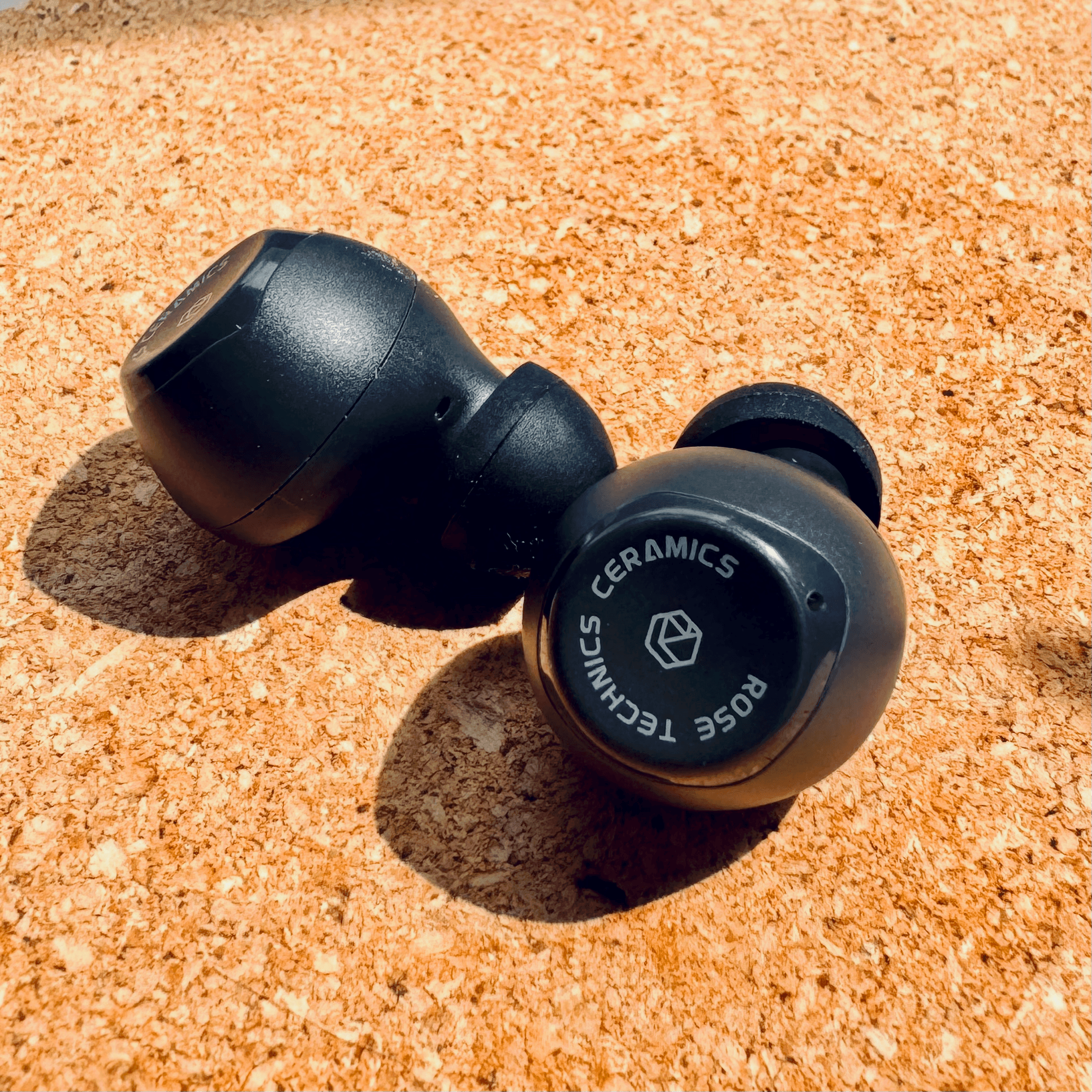Ceramicsvs.Kato
Sound & Specs Comparison
Information
Both IEMs are widely regarded in the audiophile community. See how they differ in terms of sub-bass response, upper mids, clarity, and overall tonality. Spider charts and rating breakdowns included.
Objective Comparison
Facts, details, stuff.
| General Info | Ceramics | Kato |
|---|---|---|
| Brand | ROSESELSA ( Rose Technics ) | Moondrop |
| Country | – | China |
| IEM Description | – | – |
| Price Level | n/a | 100 – 500 |
| Housing & Driver | ||
|---|---|---|
| Driver Config | – | Single Dyn. Driver |
| Driver Types | – | Dynamic Driver |
| Shell Material | – | – |
| Cable | – | – |
| Technical | ||
|---|---|---|
| Freq Range | – | – |
| Impedance (Ω) | – | – |
| Sensitivity (dB) | – | – |
| Crossover | – | – |
| Platform Info | ||
|---|---|---|
| Comments | 1 | 0 |
| Visit Count | 6 | 21 |
| External Reviews | 0 | 0 |
Meta Ratings
Sound-wise, Kato provides a substantially more refined presentation, with improved detail retrieval, microdynamics, and instrument layering when compared to Ceramics (5 vs 1.5). For comfort fit, It performs notably better (4.5 vs 1.5). Visually and structurally, It exhibits decisively more polish, suggesting higher-grade materials and a refined aesthetic often lacking in Ceramics. From the case design to ear tip variety, It provides a immensely more thoughtful unboxing experience.
| Ceramics | Kato | |
|---|---|---|
| Sound | 1.5 | 5.0 |
| Comfort Fit | 1.5 | 4.5 |
| Build Quality | 1.0 | 7.0 |
| Stock Cable | – | 6.0 |
| Accessories | 1.0 | 6.5 |
Sound Characteristics
Kato delivers s deeper and more extended sub-bass, reaching lower frequencies with greater authority than Ceramics (3 vs 1). It offers m stronger and more impactful bass response, adding weight and presence where Ceramics feels less assertive (4 vs 1). Listeners may find the low-end impact on It d more engaging during high-dynamic passages (3 vs 1). The lower midrange on It blends n more smoothly into the bass region, avoiding the disconnect found in Ceramics (4 vs 1.5). Upper mids are n more resolving and expressive on It, revealing emotion and articulation better than Ceramics (4 vs 1.5). The treble on It is n more nuanced and refined, especially when it comes to cymbals and ambient elements (5 vs 1.5). It captures ambient cues and reverbs overwhelmingly more precisely through its upper treble, enhancing spatial perception over Ceramics (5 vs 1). It creates a m wider soundstage, giving instruments more space and a better sense of placement than Ceramics (4 vs 2). With s higher resolution, It allows finer textures and room ambiance to shine more than Ceramics (4 vs 2). In complex arrangements, It separates layers m more distinctly, preventing overlap that Ceramics occasionally suffers (4.5 vs 1.5). It shows a better control of masking effects, maintaining clarity across frequency ranges better than Ceramics (4 vs 1.5). Notes on It feel a more grounded and weighty, whereas Ceramics can sound thin or hollow (2 vs 0.5). It delivers dynamic shifts with m greater impact, making Ceramics sound comparatively tame (2 vs 0.5). It handles sibilant sounds m more gently, with fewer peaks and less sharpness than Ceramics (4 vs 0.5). It presents instrument timbre with overwhelmingly more natural coloration, giving a realistic tone that Ceramics lacks (5 vs 1). Tonality on It is a more coherent and refined, yielding a more pleasing overall signature than Ceramics (5 vs 1.5). It portrays textures in vocals and strings with overwhelmingly more realism, enhancing emotional depth over Ceramics (5 vs 1).
| Ceramics | Kato | |
|---|---|---|
| Sub Bass | 1.0 | 3.0 |
| Bass | 1.0 | 4.0 |
| Bass Feel | 1.0 | 3.0 |
| Lower Mids | 1.5 | 4.0 |
| Upper Mids | 1.5 | 4.0 |
| Lower Treble | 1.5 | 5.0 |
| Upper Treble | 1.0 | 5.0 |
| Sound Stage Width | 2.0 | 4.0 |
| Detail | 2.0 | 4.0 |
| Layering | 1.5 | 4.5 |
| Masking | 1.5 | 4.0 |
| Note Weight | 0.5 | 2.0 |
| Slam | 0.5 | 2.0 |
| Sibilance | 0.5 | 4.0 |
| Timbre Color | 1.0 | 5.0 |
| Tonality | 1.5 | 5.0 |
| Texture | 1.0 | 5.0 |
Tonal Signature
// Nothing to compare yet.

